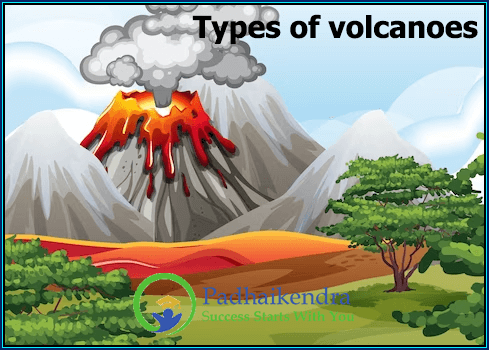There are several types of volcanoes, each with its own unique characteristics:
- Shield Volcanoes: Shield volcanoes are broad, gently sloping volcanoes with a low profile. They are typically formed by the eruption of basaltic lava, which has low viscosity and can flow easily and quickly. Shield volcanoes can be very large, and are often associated with hotspot volcanism.
- Stratovolcanoes: Stratovolcanoes, also known as composite volcanoes, are steep-sided volcanoes with a conical shape. They are typically formed by the eruption of andesitic or rhyolitic lava, which has high viscosity and tends to form explosive eruptions. Stratovolcanoes can be very dangerous, as they are capable of producing large explosive eruptions that can cause significant damage and loss of life.
- Cinder Cone Volcanoes: Cinder cone volcanoes are small, steep-sided volcanoes that are formed by the eruption of pyroclastic material such as ash, cinders, and scoria. They are typically formed during a single eruption event, and are often found on the flanks of larger volcanoes.
- Lava Domes: Lava domes are rounded, steep-sided mounds that are formed by the eruption of highly viscous lava. They are typically formed when a volcano produces thick, sticky lava that cannot flow easily, causing it to pile up around the volcanic vent.
- Fissure Volcanoes: Fissure volcanoes are long, narrow volcanoes that are formed by the eruption of lava from a crack in the Earth’s surface. They are typically found in areas of high volcanic activity, and can produce very large volumes of lava.
- Submarine Volcanoes: Submarine volcanoes are volcanoes that are located beneath the ocean’s surface. They can be formed by either explosive or effusive eruptions, and can produce a variety of volcanic landforms such as seamounts, ridges, and calderas.
- Super volcanoes: Super volcanoes are massive volcanoes that have the potential to produce extremely large eruptions. They are typically associated with hotspot volcanism, and can cause widespread devastation and environmental impact. The Yellowstone Caldera in the United States is one example of a super volcano.





